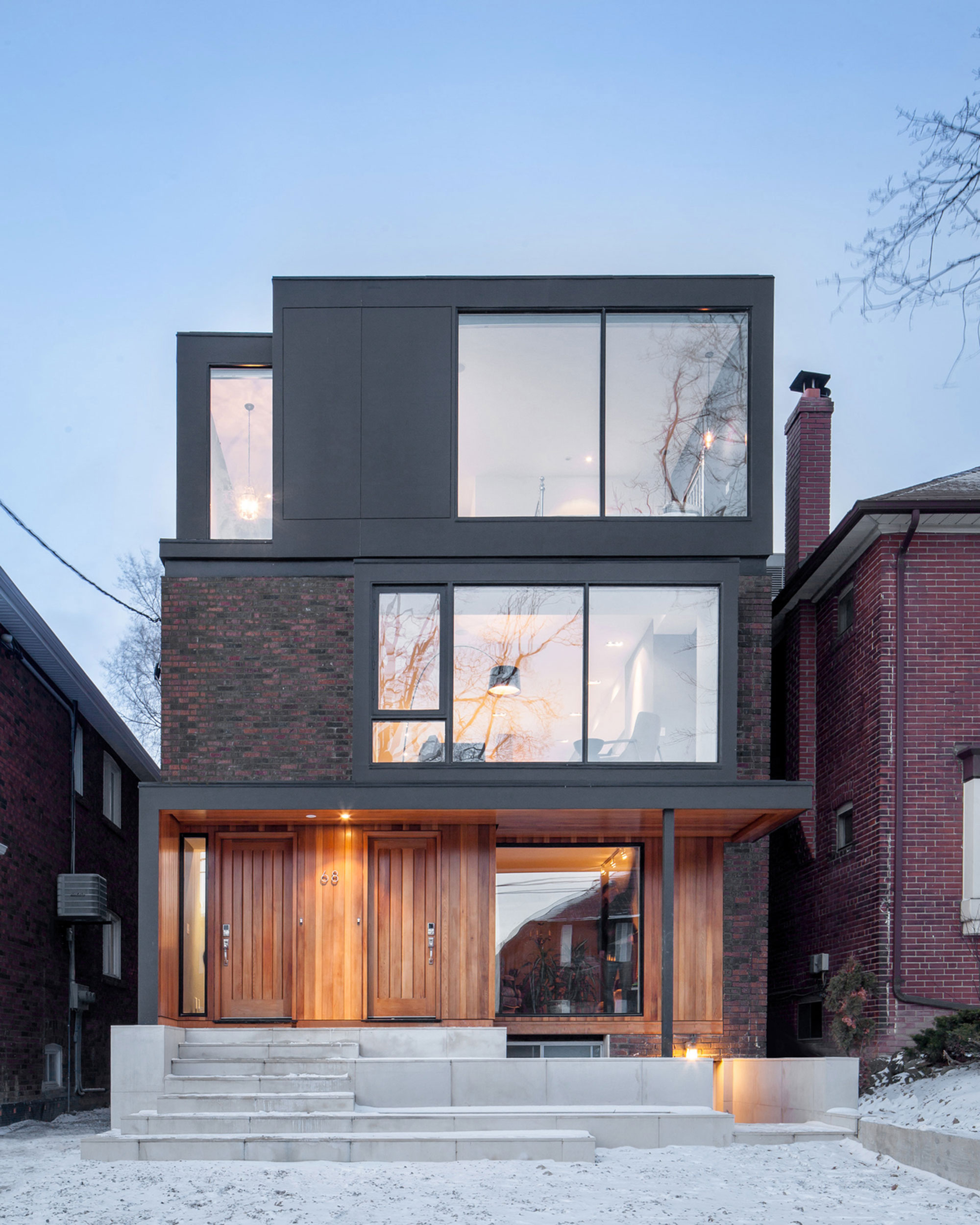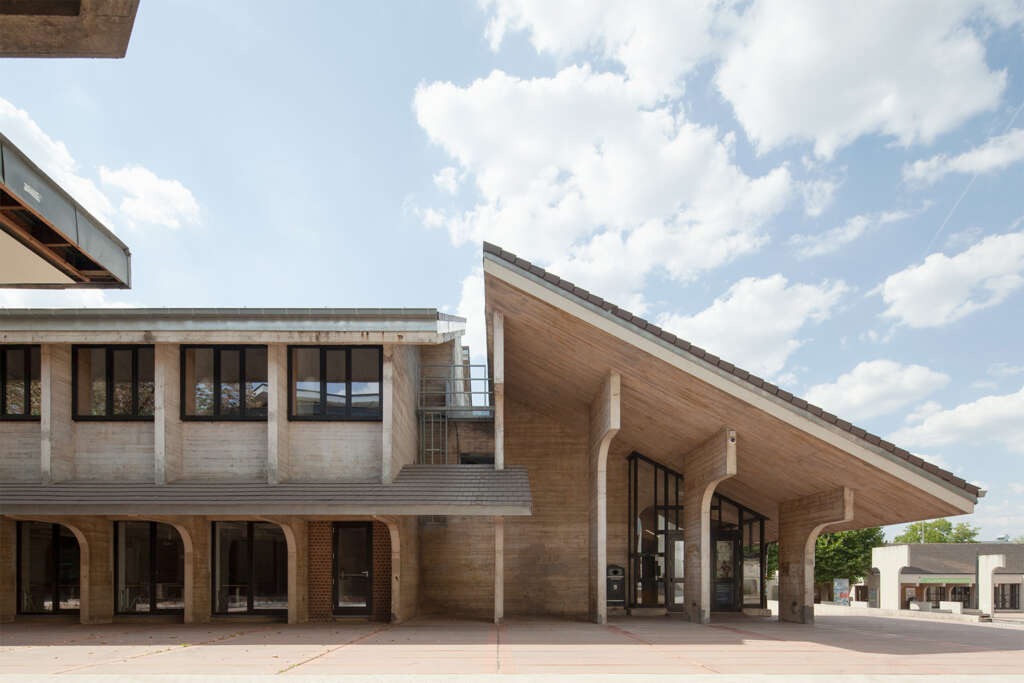
CPFB Louvain-la-Neuve
Architect: archipelago
Location: Louvain-la-Neuve, Belgium
Type: Educational
Year: 2024
Photographs: Johnny Umans, Gil Plaquet, archipelago
Originally the post office of Louvain-la-Neuve, the characteristic building housed several teaching courses for the university of Louvain until its final occupation as a ‘school for sound’. Over compartmentalized and acoustically insulated to meet recording standards, the clarity of the architecture and the simplicity of its materials were lost.
Uncovering architecture
The following description is courtesy of the architects. The first task was to dismantle the building in order to lay it bare: salvaging the concrete that could be salvaged, restoring the original brickwork, preserving the joinery and frames.
The volumes are decompartmentalized both functionally and spatially. The exceptional height of the roof and the interplay of the beams and light falling through the glass bricks are recovered.
The aim of the renovation strategy is to restore the building to its pristine condition, while providing it with the technology and thermal comfort needed for the next stage in its life cycle. Following our vision on renovation, we are only intervening on walls that were already modified. The east facade is the only facade that we are adapting, in order to increase the spatial continuity on the ground floor.
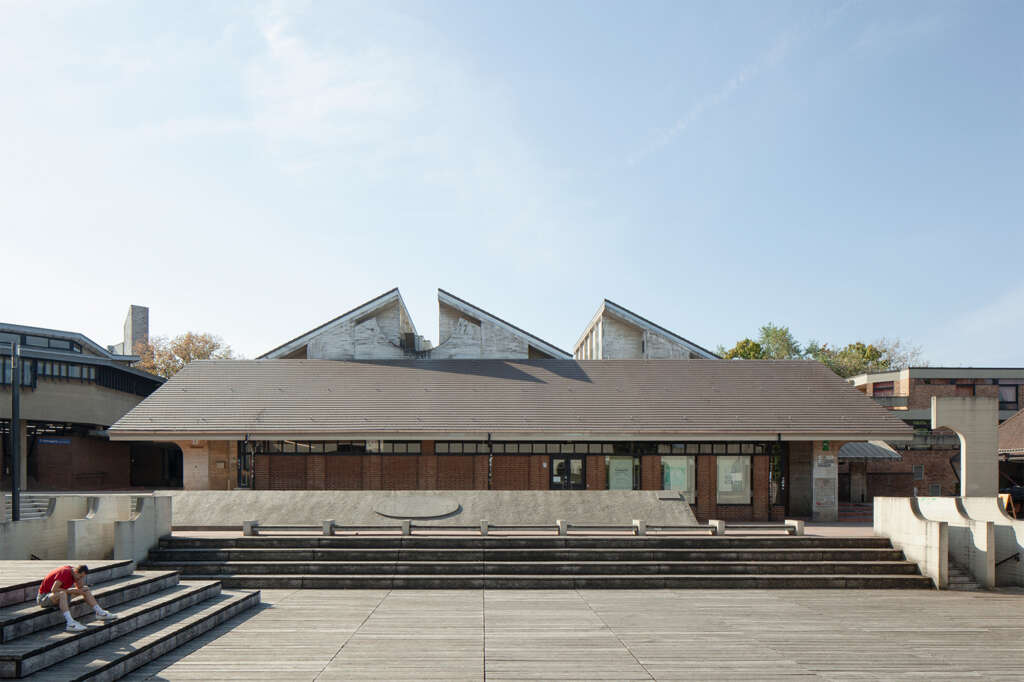
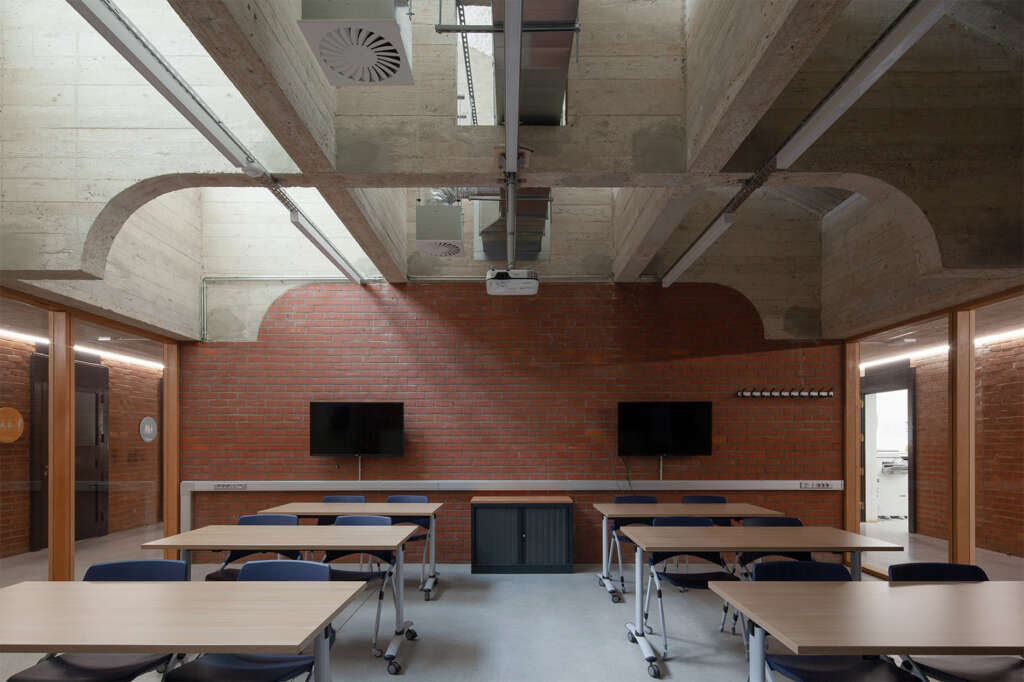
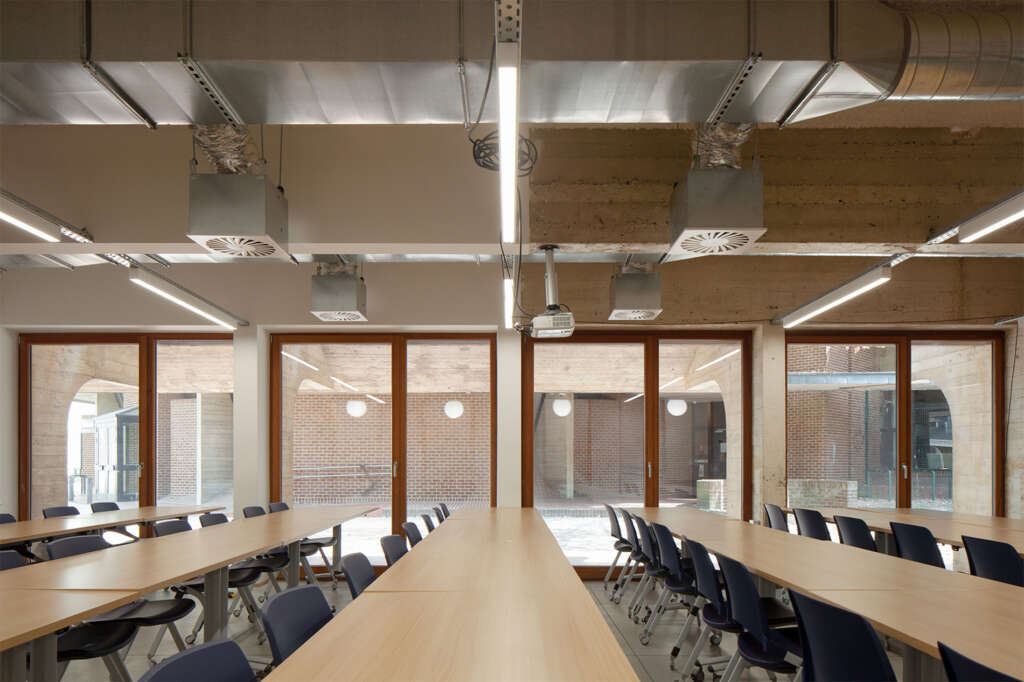
Co-creation
The Centre d’enseignement supérieur, de promotion et de formation continuée en Brabant wallon (CPFB) is an education center linked to the UCL – University of Louvain with a focus on social development.
When the CPFB launched a call to transform the former post office into a learning centre, they asked the architects one question: how can this building be adapted to new teaching methods and a wide range of courses?
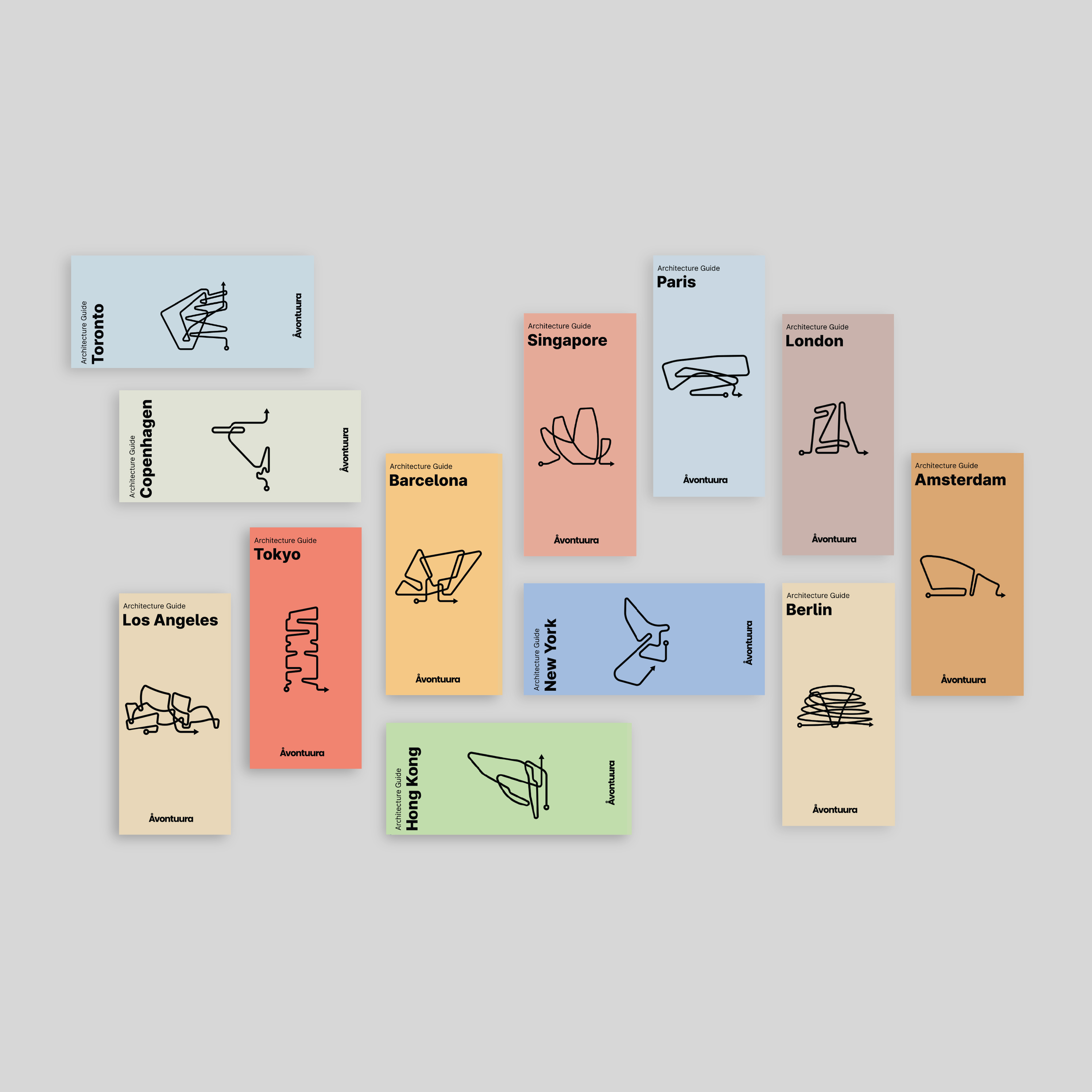
Introducing the Wandering Series:
Architecture Guides for Architecture Lovers
Explore all our guides at avontuura.com/shop
An institute like the CPFB is diverse in the courses it offers, as well as its students, the size of the groups, the teaching staff and timetables. It therefore seemed vital to us to start this project with a co-creation
process, to integrate the vision of all of the future users in the project.
For an efficient and productive co-creation process we drew a specific set of graphic documents to collect information about group dynamics, workplaces, connections between places, users, and tools. In a second phase, we analysed the information and started defining different activities and places.
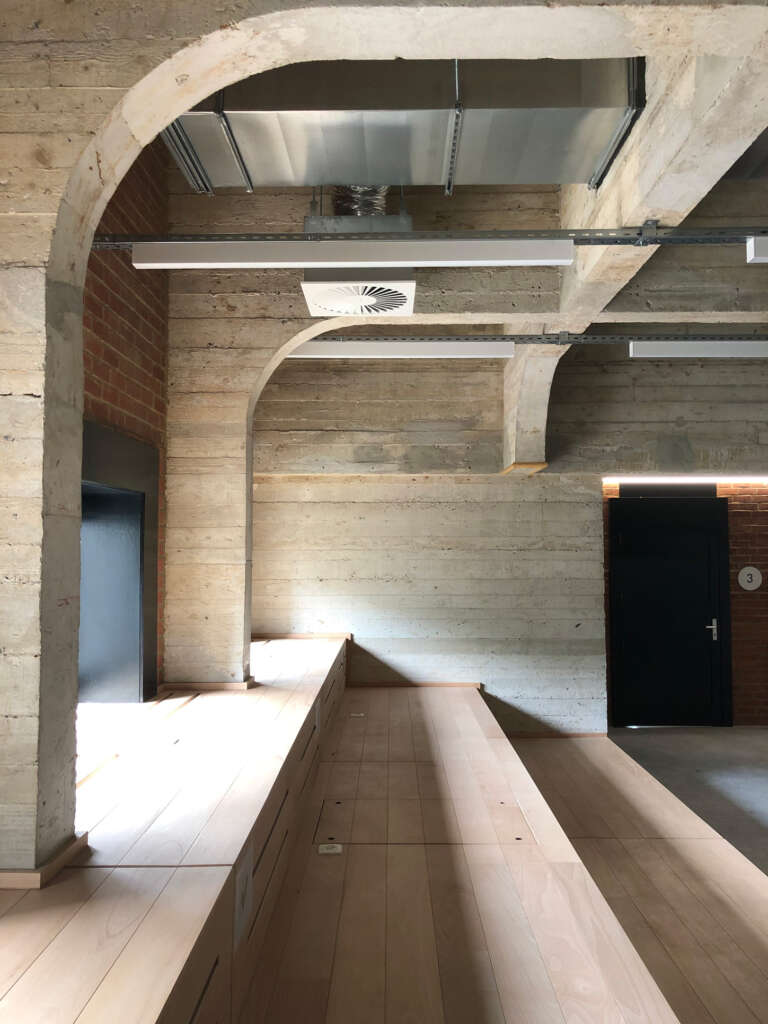
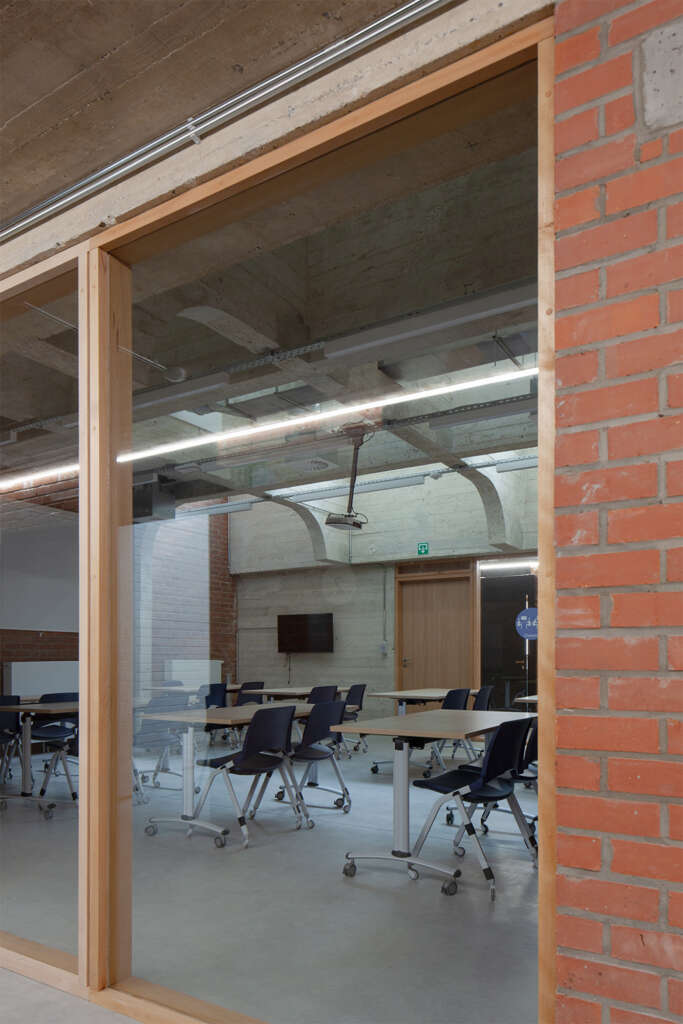
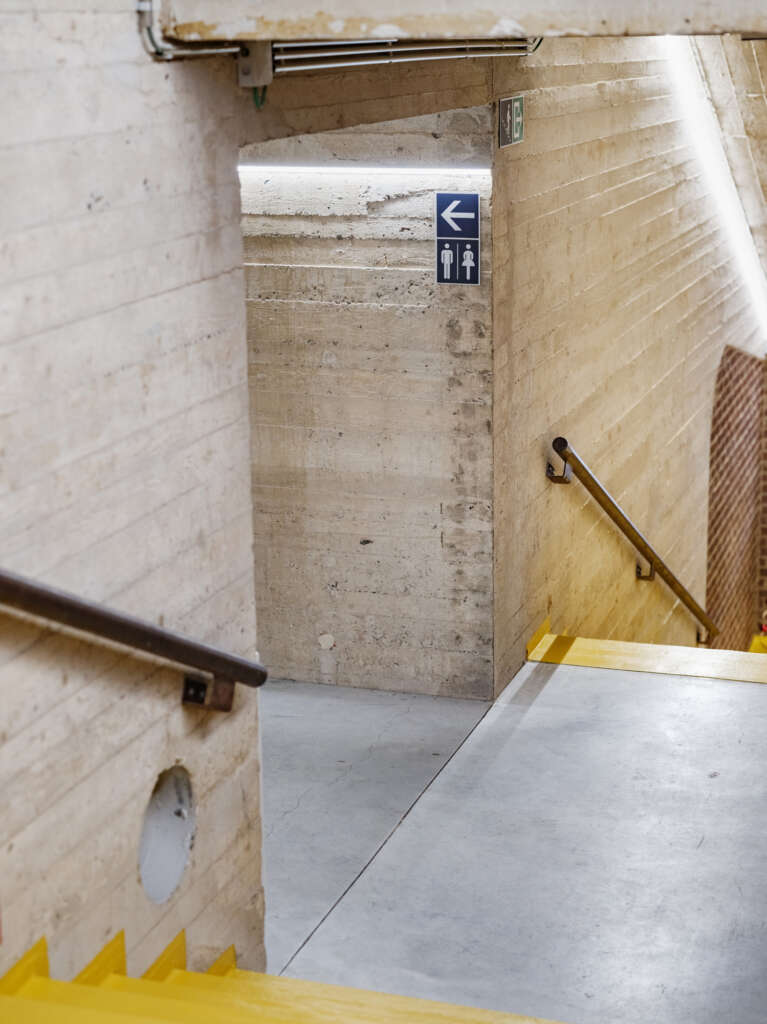
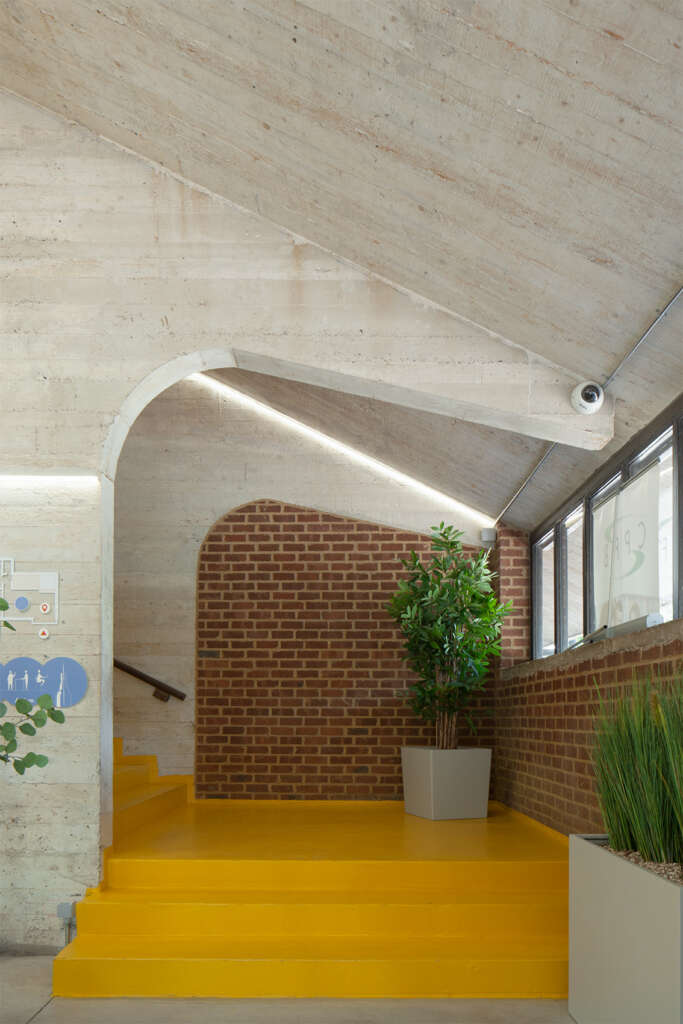
Activity-based design
Once the results of the co-creation process were validated, we began exploring the spatial possibilities of ‘activity-based design’. Traditionally, a program is designed in the following way: Place = Function = Activity. To adapt to new learning methods, we are proposing to do away with the permanent assignment of a place to a function. Functions are mobile and people move around depending on the activity they perform (and subsequently find the right place).
We choose to define places throughout the building with a strong spatial character, designed to accommodate an activity rather than a function. Place = Activity, Function Is Mobile.
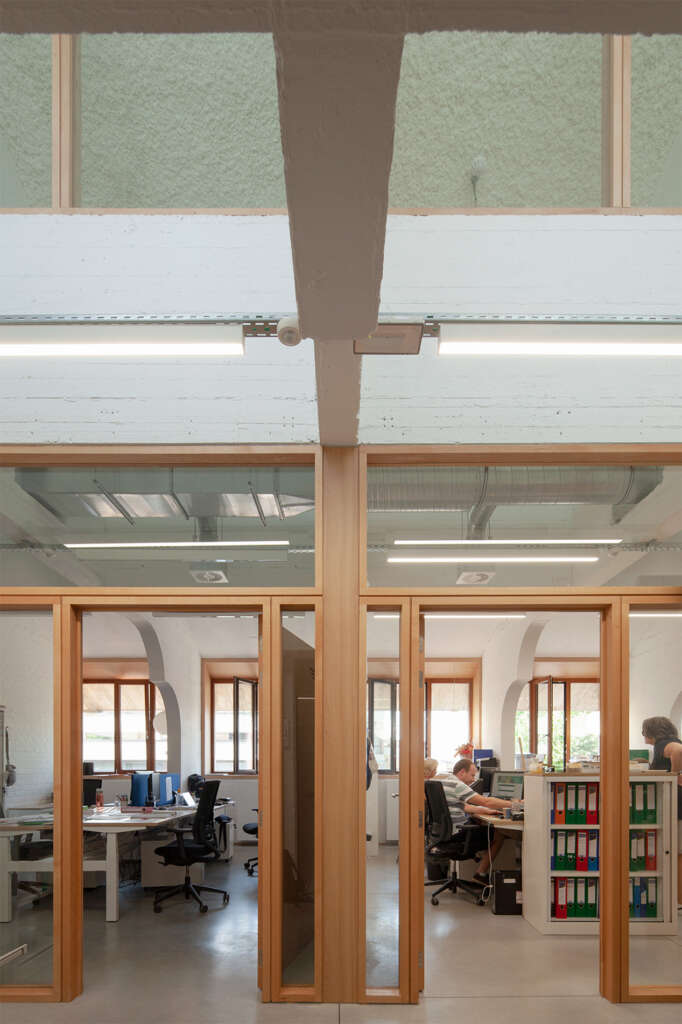
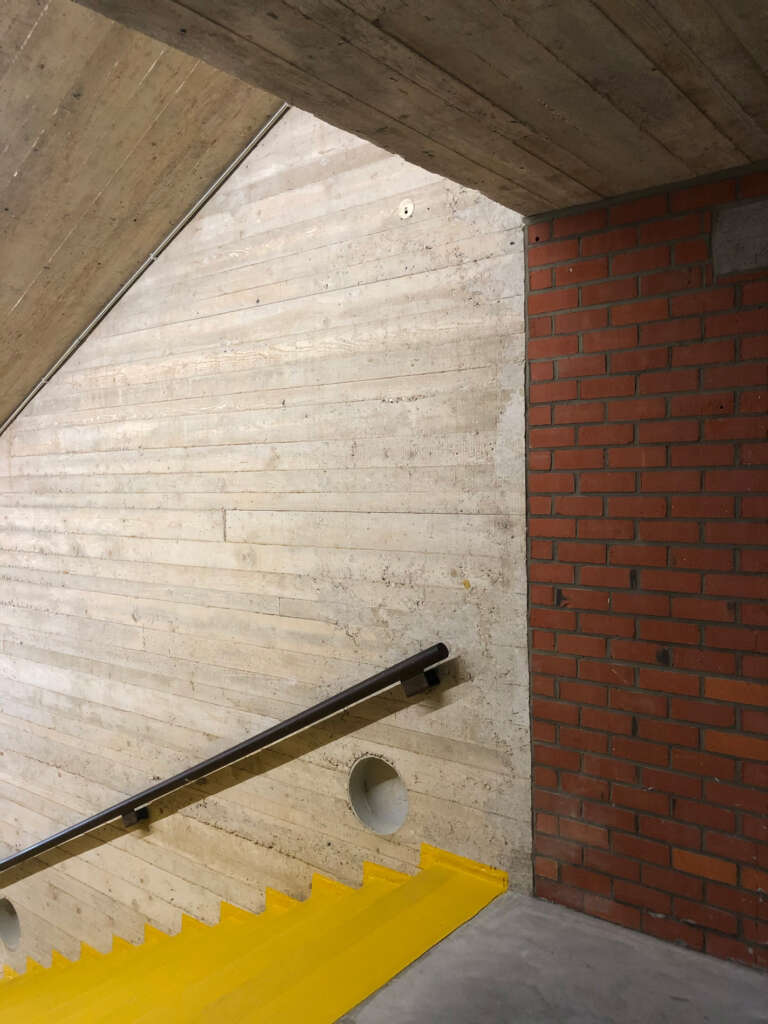
Project Details
- Location: Louvain-la-Neuve, Belgium
- Client: CPFB asbl
- Status: Completed
- Surface: 800 sqm
- Program: Restoration, renovation and transformation of former post office in Louvain-la-Neuve
- Architect: archipelago
- Partners: aaia, MATRIciel, Cosep, CBD




